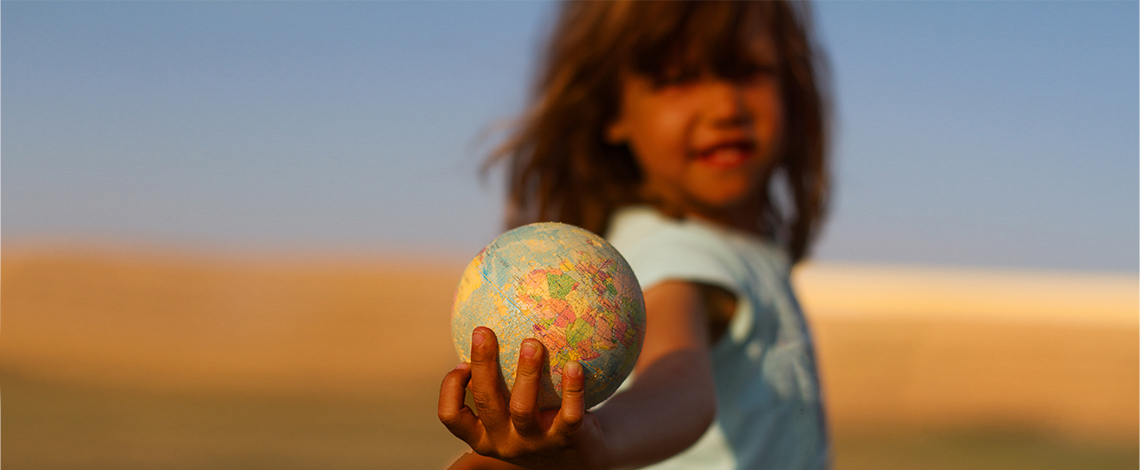Identifying, confronting and disrupting racism is essential and complex. As a profession, we have work to do. This effort can take many forms, including:
- individual learning;
- building relationships and sharing experiences;
- developing anti-bias curriculum; or
- advocating for change within our sector.
All of these activities can be part of a Registered Early Childhood Educator’s (RECE’s) Continuous Professional Learning (CPL) goals and activities.
Are you interested in sharing your learning goals, activities and reflections? Send us an email at csrteam@college-ece.ca.
Missed the first three articles in this series? Catch them here:
| Does learning about anti-Black racism count as a professional learning activity? Absolutely! | Anti-racism as part of your Continuous Professional Learning | Part 1 of Norheen’s experiences |
A quick recap
Norheen Jaffrey RECE is a Professional Development Facilitator for Student Learning Support Services in the Early Years within a school board.
In our first article featuring Norheen, she shared an experience with racism that’s stayed with her since she was a child. Here, she provides additional reflections and thoughtful questions to help make the learning environment a welcoming space for all people.
What Norheen has learned
“As an educator, I’m mindful of ensuring that learning environments for the children in my care reflect their lived experiences,” says Norheen. “Some ways I’ve done this was to evaluate the written text, images, materials and physical set-up of the space.” She believes it’s important that each child’s cultural uniqueness is represented.
Norheen added that “I made part of my professional learning to understand more about the sociocultural impact that the materials, written and visual messages, in the room have on those in the space.” She learned that environments convey powerful messages about who society values. The impact of who is visible and who is not visible contributes to children’s feelings of belonging. If the children’s and their families’ identities aren’t reflected in the space, this contributes to a lack of cultural safety and affects their sense of belonging in the community.
Part of her strategy to address this impact was to involve and collaborate with families. “It’s more than creating family trees or asking the children to bring in family photographs,” Norheen explains. She learned that assigning families to attend scheduled meeting times creates a systemic barrier for families whom cannot attend these pre-determined times. To dismantle this barrier, she implemented an open-door policy to invite families to share their lived experiences and stories.
Another key learning she shared was when talking about poverty or food insecurity with educators. “This is a real issue for many families, so I started to take the time to challenge educators to re-evaluate what we think about certain situations.”
When talking about poverty and food insecurity, Norheen asked the educators to examine their thoughts, biases and beliefs around the following:
- When families send a packed lunch for their child, do we have judgmental views of healthy versus unhealthy lunches? Are we aware of the cultural beliefs, lived experiences and challenges families face daily? Or do we reinforce our power and privilege in constantly reminding children to choose ‘healthy’ food first?
- How do we demonstrate and communicate genuine respect and an understanding that both honours and recognizes that families are doing the best they can for their child?
Getting comfortable with being uncomfortable
“As I move forward with my collaborative inquiry activities as part of my CPL, I know I need to be comfortable in having uncomfortable, yet critical, conversations,” says Norheen.
Norheen firmly believes that to eliminate anti-Black racism and discrimination, everyone has a responsibility. This work should not be left to colleagues who are Black, Indigenous or People of Colour. “It is everyone’s work,” she states. “And it’s my work.”
| How are you addressing racism in your CPL? Share your learning goals, activities and practice applications with us at practice@college-ece.ca. |

